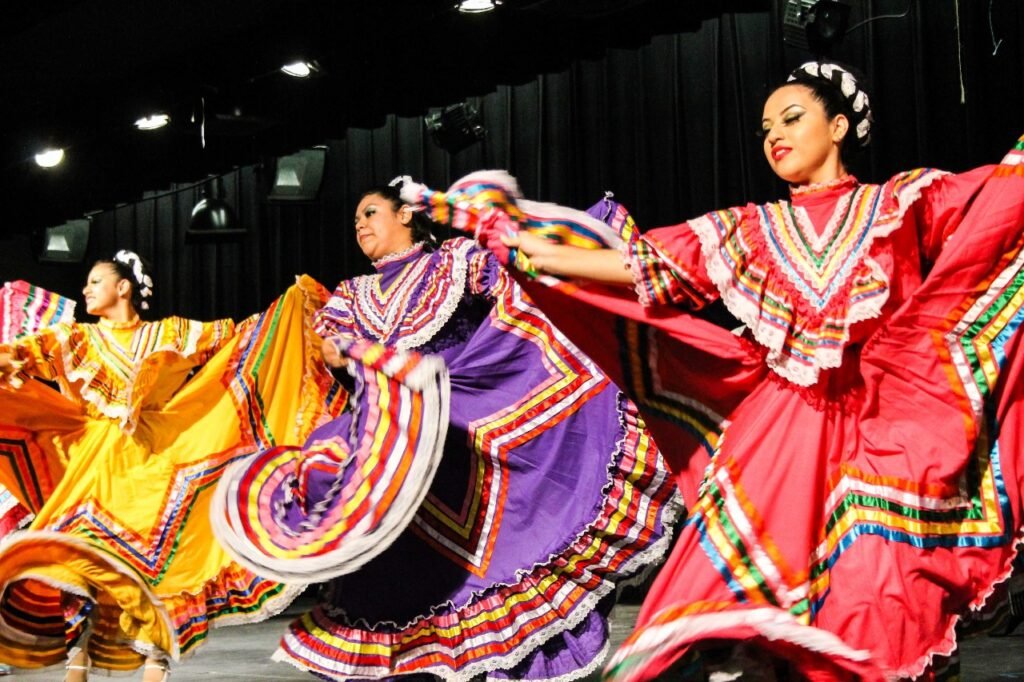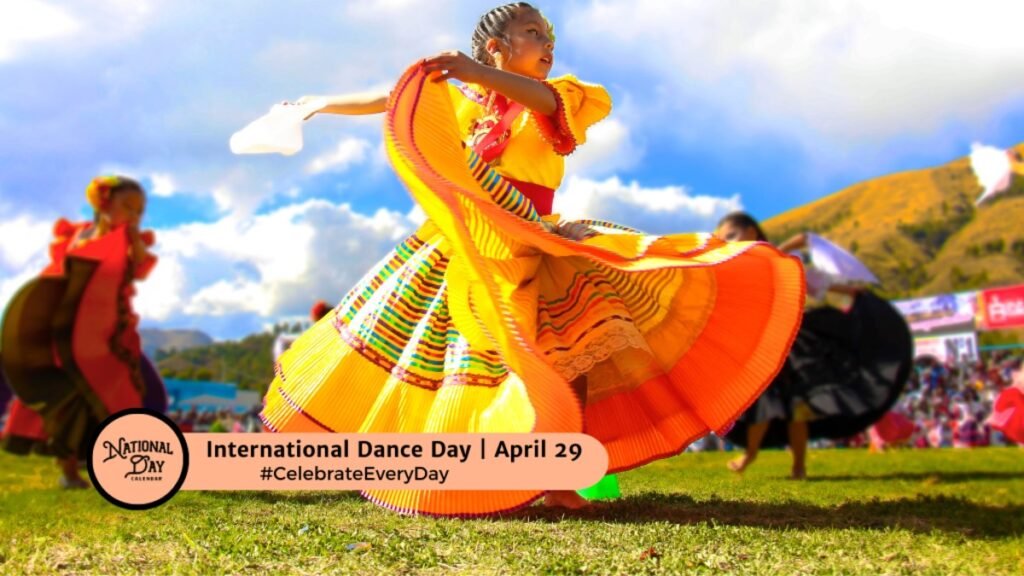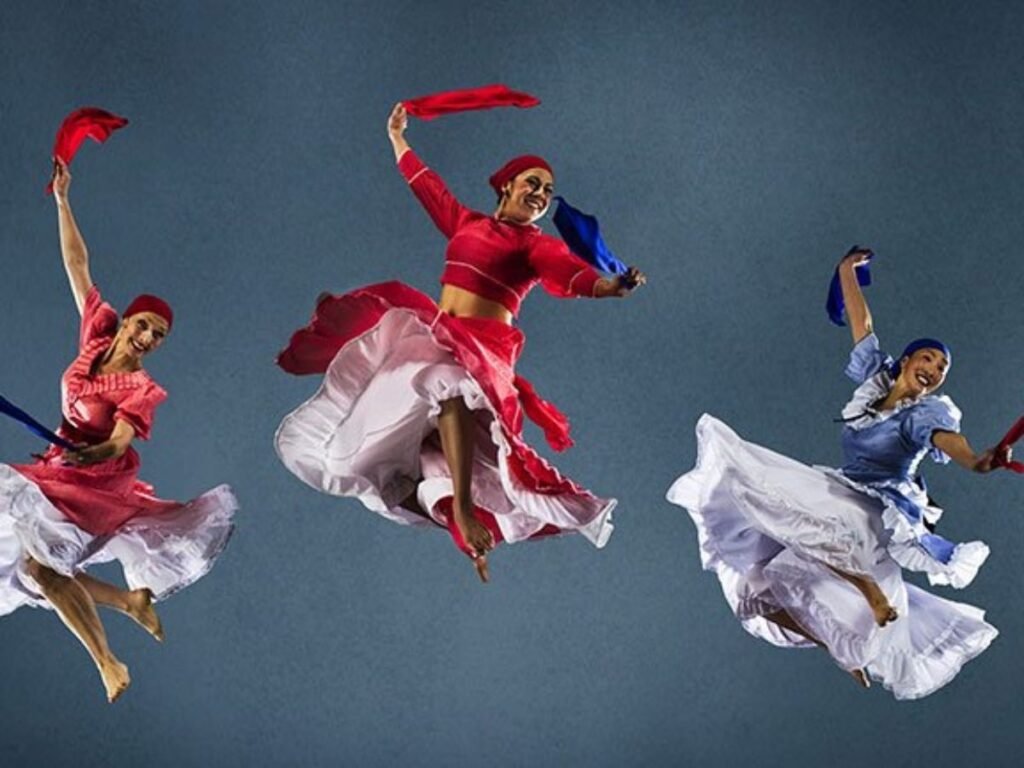Honoring Dance Beyond Borders
Each year on April 29, the world takes a collective pause — not in stillness, but in motion — to celebrate International Dance Day. This global observance honors the profound and transformative art of dance, an art form that crosses borders, languages, and generations. Established in 1982 by the International Dance Committee of the UNESCO-affiliated International Theatre Institute (ITI), the day commemorates the birthday of Jean-Georges Noverre, the 18th-century French dancer and ballet master often regarded as the father of modern ballet.

Dance in All Its Diversity
Yet the scope of this day has grown far beyond ballet. It now embraces all dance traditions — from classical and contemporary to folk, tribal, street, and experimental forms. Dance, after all, is not just performance; it is a living language. It speaks of identity, resistance, healing, joy, grief, celebration, and memory. In cultures around the world, movement has long been used to pass down stories that words alone could never fully express. Whether it’s the dramatic gestures of Kathakali, the pulsating footwork of Tap, or the ritual circles of African tribal dances, every dance holds within it a piece of history and a pulse of the present.
Preserving Culture Through Movement
In an increasingly digital and homogenized world, International Dance Day serves as a timely reminder of the importance of cultural preservation and expression. The globalization of media may have brought dance into the mainstream, but it has also led to concerns about appropriation and the erasure of deeply rooted traditions. On this day, we are encouraged to honor the original voices behind every rhythm — the elders, the street artists, the community teachers, and the choreographers who use dance not just as an art form but as a form of cultural archiving and resistance. Many dance forms have survived colonization, censorship, and commercialization, and continue to thrive in community halls, living rooms, and open streets.
Global Celebrations in Motion
Celebrations of this day are as diverse as dance itself. Across the world, major cities organize public performances in parks, streets, and cultural spaces, where dancers of all backgrounds showcase traditional and modern styles alike. Dance academies and universities host open workshops, inviting people to step out of their comfort zones and into new rhythms. Meanwhile, independent artists from smaller regions present virtual showcases, breaking geographical barriers through livestreams and short films. One of the central highlights each year is the International Message published by ITI — a heartfelt reflection written by a renowned dance figure, often addressing how dance responds to current global challenges, from political unrest to environmental crises.
Digital Stages and Virtual Rhythms

In recent years, the digital world has become a powerful stage in itself. Platforms like Instagram, TikTok, and YouTube have transformed dancers into global storytellers, allowing them to share choreographies, improvisations, and behind-the-scenes work with audiences of millions. This accessibility has amplified voices from underrepresented communities, allowing dance to thrive as a medium for activism, education, and self-expression. We now see new forms of dance born entirely online — collaborative duets across continents, AI-enhanced choreographies, and even virtual reality dance performances. International Dance Day embraces this evolution, recognizing that while the medium may change, the heartbeat of dance — its power to connect — remains constant.
Dance as Healing and Empowerment
But beyond the glitz of stage lights and viral trends lies the soul of dance — personal transformation. For many, dance is not about perfection or applause. It is a form of healing and empowerment. A child finding self-esteem in a hip-hop class, an elderly person regaining mobility through slow waltz, or a trauma survivor using movement therapy to reclaim their body — these are the often unsung stories that embody the true spirit of International Dance Day. Movement becomes medicine. Dance becomes identity. And for many, it becomes home.
Joining the Global Dance Movement

Participation in this day doesn’t require formal training or technical skill. It only asks for presence. Whether by attending a live performance, joining a local workshop, supporting independent artists, or simply dancing in your own room — your body becomes part of a global celebration. You can also engage online by sharing your dance story, posting a movement video, or using the hashtag #InternationalDanceDay to join the digital community that dances together across time zones and borders.
Humanity in Rhythmic Motion
At its core, International Dance Day is not just a tribute to choreography or technique. It is a celebration of what it means to be human in motion — to feel, express, remember, and unite through rhythm. So, this April 29, don’t just observe. Dance. Not for the world to watch, but for the world to move with you.

